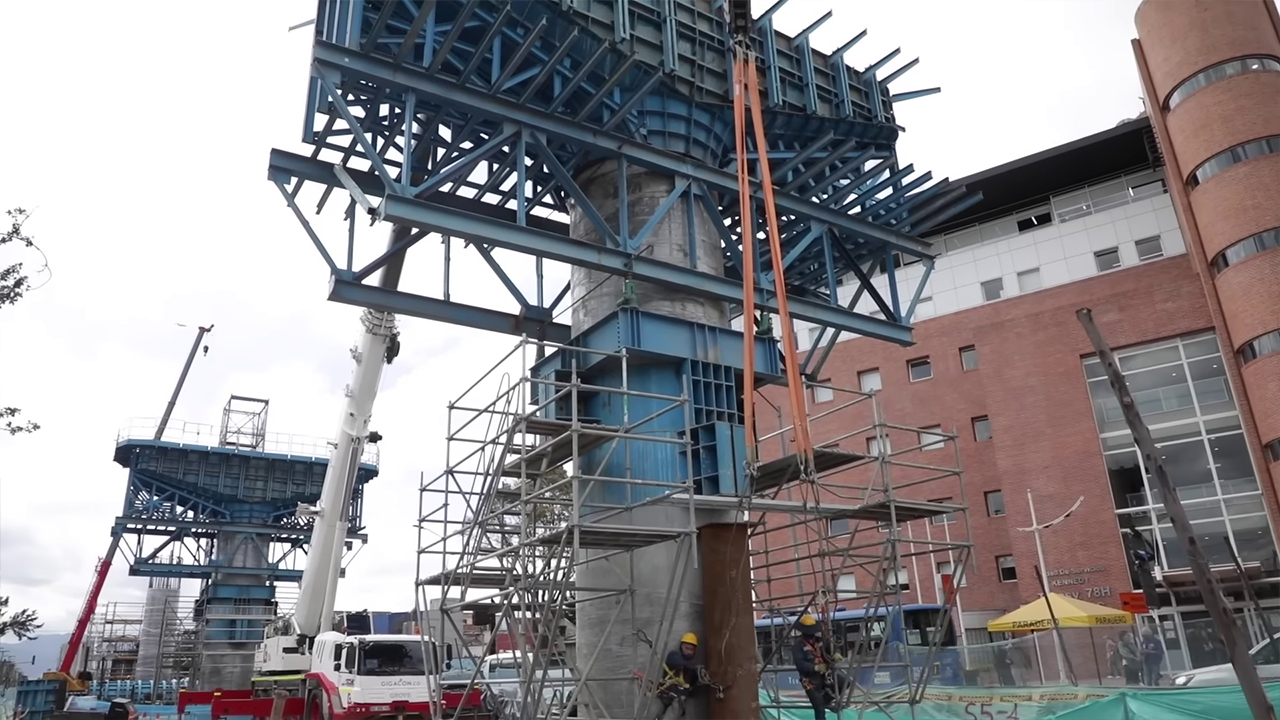Engineering an Ocean "Plastic Trap"
- Youtube Views 27,423 VIDEO VIEWS
THE OCEAN CLEANUP has released a new video showing the construction of its latest prototype intended to extract plastic debris from the Great Pacific Garbage Patch.
Founded in 2013 by inventor and engineer Boyan Slat, The Ocean Cleanup plans to build an array of floating, concave barriers that “trap” floating plastic debris.
These would then be emptied at regular intervals, and the collected plastic matter recycled.

Above and Below: Renders showing the floating plastic barriers that collect plastic debris (image courtesy of The Ocean Cleanup).

Current estimates indicate that between 86% and 92% of the plastic in the ocean is large enough - that is larger than 0.5 centimetres (0.2 inches) - to be extracted using The Ocean Cleanup’s method.

Above: According to The Ocean Cleanup, a full array of its floating devices could clear 50% of the Great Pacific Garbage patch in five years (image courtesy of The Ocean Cleanup).
While the full-scaled floating devices would be between 1 and 2 kilometres (0.6 to 1.2 miles) long, the length of the latest prototype is 120 metres (394 feet).

Above and Below: The barrier consists of welded sections of HDPE tubes (images courtesy of The Ocean Cleanup).

The prototype consists of welded HDPE (high-density polyethylene) tube sections.
This provides a balance between the rigidity of the overall structure while allowing the tubes to be flexible enough to move with the waves. A 3 metre screen suspended from the tube helps to trap additional submerged plastic.

Above: A screen below the surface will help The Ocean Cleanup collect more plastic (image courtesy of The Ocean Cleanup).
Once at sea, the device will be tethered to a (floating) sea anchor, slowing down its movement and allowing for a more thorough clean-up.
The latest prototype is currently being towed into place 40 nautical miles outside of San Francisco, California, where it will be tested for hydrodynamic behaviour and the durability of individual components during transport.

Above: An artist's impression of a ship loaded with captured plastic returning to the port of San Francisco (image courtesy of The Ocean Cleanup).
If all goes to plan, the first full sized Ocean Clean Up device is to be manufactured and deployed later this summer.








